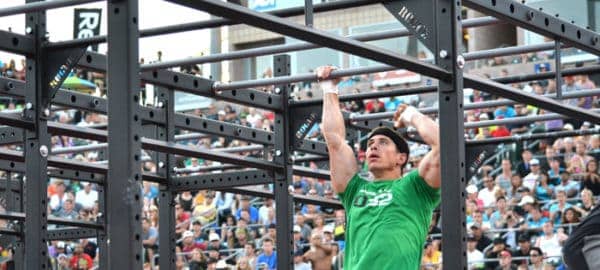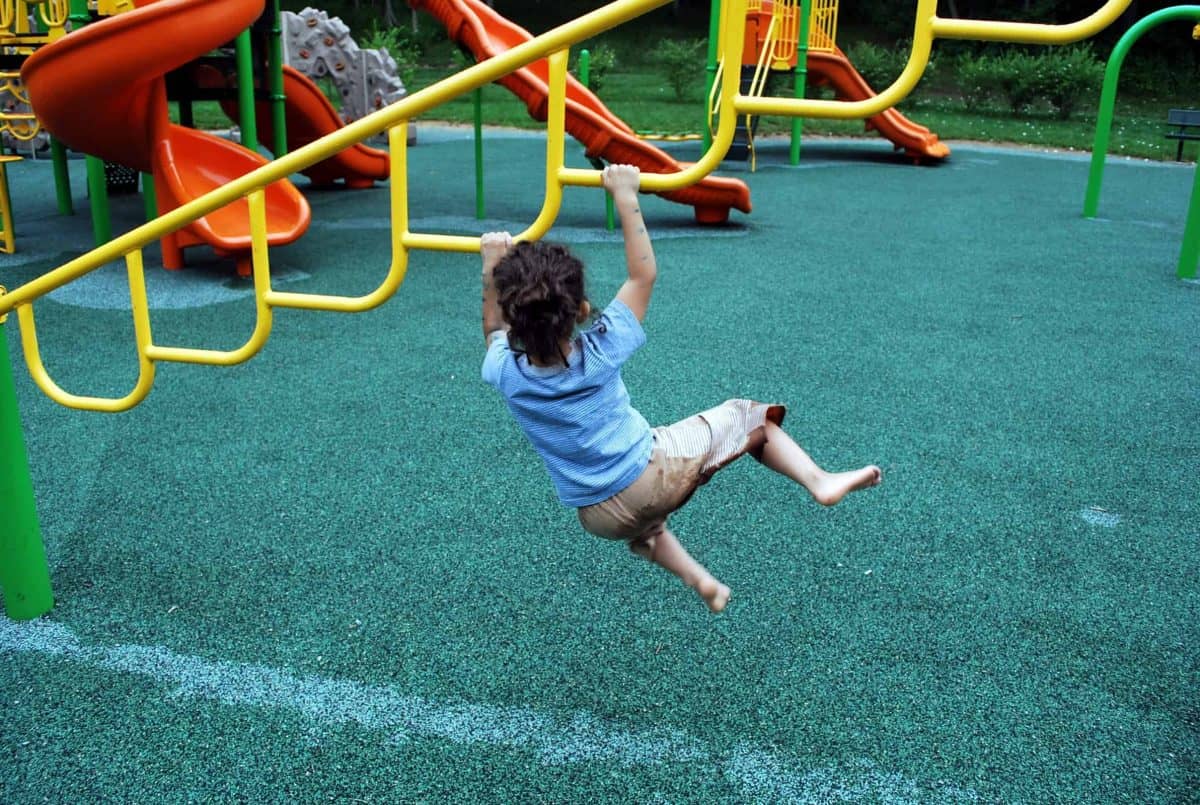“To enjoy the process you have to re-frame desired results.”
Give a kid a list of tasks to do, and you’ll find yourself with one unhappy kid. Give an adult a checklist, and they transform into blissful busyness. One basks in all they have achieved, and the other laments all the other potential possibilities lost. A child isn’t ruled by numbers or fear of being wrong. They do to discover what they’re capable of. Adults act to force a certain outcome. Coercion often ends in disliking what you’re doing.
Being enchanted with what you are doing is not a common description of the training process. Exercise is characterized as a test of physical limits, of grit and suffering and never succumbing to defeat. It is a competitive chore for you to conquer and get over with. Play is cooperative. It is a coexistence with task and environment. You want the creative endeavor to linger so you can keep learning and dancing within the partnership.
To illustrate this dichotomy, compare these two photos:


top photo credit: roguefitness.com bottom photo credit: shakadoo.com
The park is empty and the stadium is full. One set is dark, standardized, and imposing, while the other is bright, random, and welcoming. There is no tape on the child’s hands, wrists, or fingers. A kid would not force himself to go across the monkey bars if their hands hurt. He or she would simply do something else, without having to be told it was OK. Children don’t stick to one goal. They likely don’t even have goals that survive past the moment. Task, training, and test are all entangled into a present period of time.
The three questions being asked in instantaneous exploration (aka PLAY) are:
What should I do?
How should I do it?
When will I know I’m done?
A typical active adult will answer these questions via a structured outline. They will squat. They will do it with as much load as possible. They will be finished when they get the prescribed number of reps in. A child, untethered and sans technological bells or whistles, will use their environment and imagination to make something up. They’ll do it until they figure out something better, and they’ll be done when the act stops being engaging (or when a parent calls them in).
Science and studies and reports have proven that doing X will give you Y. Without Y, though, would you still do X? If the benefits of squatting ended with that final heavy squat, and nothing happened afterwards, would you continue the routine of squatting, or develop your own means of enjoyable movement? What is your training getting you better at? Getting good at one specific thing leaves you without any other possibilities. It pigeon holes and bottlenecks into more of the same, and when you’re finished, it’s all you know how to do.
To reverse this process and expand upon your capabilities and practice, you have to find the unfamiliar within the familiar. Do this, this way is an observable request. Make something up is daunting. The process of play is as scalable as any other type of performance. To enter into this new endeavor, though, you must be willing to exchange a sliver of results (Y) for a sliver of routine (X).
P = /\ Y + /\ X
PLAY = CHANGE IN RESULTS + CHANGE IN ROUTINE
If you’re still reading this, perhaps a change is exactly what you’ve been looking for.
Here are some ways to tweak your current programming to help you rediscover the joy of play:
If you’re an endurance athlete…
…Take a break from a jog to
- scamper over a fence or up a tree
- balance on a curb or rock single-legged
- get to your back and back up again without using your hands
…Take a break from swimming laps to
- create a new stroke for half a length
- use only one arm or leg
- never let your mouth go under water
… Take a break from cycling to
- use only your hamstrings to pedal
- sit in your saddle differently
- practice perfect posture for 10 pedals
If you’re a strength athlete…
- lift the next step to the tempo of the song playing in the gym
- with LIGHT WEIGHT or empty bar, try a set with ‘wrong form’ (is it just another way?)
- find another way to pick it up
- find another way to put it down
- hold the bar or bell differently
- move the weight in a different posture/ position
- lift it with your eyes closed
- don’t let yourself or the weight make a noise
- pause a rep half way through, and carry it for ten steps
- use a machine to work something other than what the picture claims
Remember first and foremost that you are a person, not a robot. Grant yourself permission to free yourself from the page. Pay attention to what’s happening. Reunite your brain and body. Ask and answer. Compose without judgement. Adjust and adapt. Think something up and make it real. There’s really no need to be so serious all of the time. Fold in the whimsy. Chip away at the structure and replace it with self-directed freedom. Redefine your practice and you’ll come closer to recognizing your own authority when creating it. Once you realize all that you are capable of, the results you once sought will seem silly by comparison.

